Washington, Oct. 12 – As voters get ready to head to the polls in South Dakota, RespectAbility has released its South Dakota Disability Voter Guide for the upcoming senate and presidential races. Democrat Jay Williams, who is challenging incumbent Republican Sen. John Thune, as well as presidential candidate Hillary Clinton, has completed the #PwDsVote Disability Campaign Questionnaire for people with disabilities. Thune has not yet responded to the questionnaire.
The #PwDsVote 2016 Campaign Questionnaires were designed by and for people with disabilities (PwDs) and those who love them to know where candidates stand on key issues. RespectAbility is nonpartisan and does not endorse candidates. The questionnaires are purely for educational purposes as voters go to the polls.
According to a new report from Rutgers University, 35.4 million people with disabilities will be eligible to vote in the November 2016 elections, representing close to one-sixth of the total electorate. That’s an increase of nearly 11 percent since 2008.
The presidential questionnaire was created during the primary season and asked all of the presidential candidates to comment on 16 disability questions. Former Secretary of State Hillary Clinton responded by addressing all of the questions. Despite numerous requests in person and by phone and email, the Trump campaign has not yet filled out the questionnaire. The American Association of People with Disabilities and the National Council on Independent Living also has a nonpartisan presidential questionnaire, which both Clinton and Trump have completed. Libertarian Gary Johnson and Green Party candidate Jill Stein have not filled out either questionnaire.
The down-ballot survey was adapted from the presidential questionnaire to ask gubernatorial candidates 16 questions and senatorial candidates 17 questions. All answers are posted verbatim and in full on The RespectAbility Report, a publication that covers the intersection of disability and politics.
South Dakota’s 108,112 citizens with disabilities now have a chance to read Williams’ responses and understand where he lies on certain issues. RespectAbility is still awaiting responses from John Thune and will publish them verbatim if and when they are received.
South Dakota ranks first in the nation for employment of people with disabilities as more than half the working-age people with disabilities (50.1 percent) in South Dakota have a job. However, there is still work to be done to improve outcomes for people with disabilities. The upcoming election and the implementation of the Workforce Innovation and Opportunity Act (WIOA) will continue to increase opportunities and employment for people with disabilities, and voters need to know where candidates stand on the issues.
In his response, Williams talks about how removing barriers from people with disabilities is necessary for their success.
“I strongly support efforts to eliminate institutional barriers to people with disabilities,” he stated. “I believe that people with disabilities must be given the opportunity to participate and succeed in our country. This includes a commitment to remove physical obstacles and to eliminate discrimination to people with disabilities.”
Fully one-out-of-five voters have a disability, and 52 percent of likely voters have a loved one with a disability. Only 34 percent of working-age Americans with disabilities have jobs, despite the fact that the vast majority want to work. More than 11 million working age people with disabilities are now living on government benefits in our country.
RespectAbility President Jennifer Laszlo Mizrahi said, “It is vital for us to know where the candidates stand on the disability aspects of economic, stigma, education, safety, transportation, housing, healthcare, foreign affairs, criminal justice and other issues. Candidates have hugely different ideas about how to deal with the issues. Thus, it’s extremely important to read their full answers so you can understand their vast differences. We also are disappointed that Mr. Trump and Sen. Thune have yet to complete the questionnaire and hope they will do so soon. We will send out any updates that arrive.”
South Dakota Prioritizes People with Disabilities
There are 52,007 South Dakotans with disabilities who are between the ages of 18-64. Additionally, there are 4,000 South Dakotans ages 16-20 with disabilities. More than 15,000 South Dakota students have individual education plans (IEPs). However, some South Dakotan children with disabilities may not yet have received a disability diagnosis they need, and thus are not yet receiving the school accommodations and supports that they need to succeed. This can lead to a lifetime of poverty or flowing down the school to prison pipeline.
South Dakota is at the top of the board when it comes to the employment of people with disabilities. There are 52,007 people with disabilities between the ages of 18 to 64 in South Dakota and 50.1 percent of them are employed. While this makes South Dakota number one amongst states, there is still a 33.6-point gap when you consider the 83.7 percent of people without disabilities in South Dakota who are working. There are 6,179 youth between the ages of 16-20 with disabilities in South Dakota. Each year a quarter of them will age out of school and because of your state’s hard work, they have increasing chances to find success in the working world.
RespectAbility, founded in 2013, is a nonpartisan, nonprofit organization working to end stigmas and advance opportunities for people with disabilities. It has submitted comments for all 50 state’s drafts of the Unified Plan as required under Section 102 of WIOA. South Dakota’s commitment to people with disabilities is evident throughout the written state plan. Because of WIOA, South Dakota has the chance to institutionalize and expand on the many best practices you have already propelled in gaining first in the nation status in terms of employment outcomes for people with disabilities. This draft plan will capitalize on the partnerships and collaborations necessary to empower youth transitioning from school to work.
One of the most important facets of WIOA is that it raises expectations for youth with disabilities and assists states to provide them with the supports they need to ensure success. Indeed, as South Dakota’s Baby Boomers retire and the state’s economy evolves, employers are starting to experience increasing talent shortage. South Dakotans with disabilities are an untapped resource that can be trained to bridge that gap. Indeed, a recent detailed study by the Kessler Foundation and the University of New Hampshire shows the 70 percent of working age people with disabilities are striving for work.
Evidence shows that people with disabilities can provide a wonderful solution to companies and other employers that want to succeed. The diverse skills, greater loyalty and higher retention rates of people with disabilities are already starting to meet employer talent needs in increasing numbers around America. With WIOA, South Dakota can benefit from that progress if it truly breaks down silos within government agencies and partners, and lets innovation, based on evidence-based practices, take place.
However, the gap in the labor force participation between people with and without disabilities is still too large around the entire country. This lack of employment for people with disabilities creates poverty, powerlessness, and poor health. Polls and studies show that people with disabilities want the opportunity to have the dignity and independence that jobs provide.
America has 1.2 million youth with disabilities, between the ages of 16 and 20. Each year 300,000 of them age into what should be the workforce, but stigmas and lack of knowledge about the capabilities of people with disabilities means that most do not find employers willing to hire them. Young adults with disabilities in all of these states are hoping to find work. They have high expectations and deserve the opportunity to achieve the American dream. Young people with disabilities may simply need some thoughtful help to transition into the workforce. See data on all 50 states here: State Data.
Remember to Vote
South Dakota residents can vote for the candidates of their choice either on the standard voting schedule or through absentee voting. South Dakotans have until Oct. 24, 2016, to register to vote for the presidential general election. To register, submit a voter registration form to your county auditor’s office. More information regarding voting can be found at: Register to Vote. If you are unable to partake in standard voting, any registered South Dakota voter can submit their vote through an absentee ballot. To vote by absentee ballot, a voter must request an absentee ballot application from your County Election Official. The County Election Official will send a paper absentee ballot to the voter. The voter then completes the ballot and returns it to the County Election Official. More information regarding absentee voting can be found at: Absentee Voting.
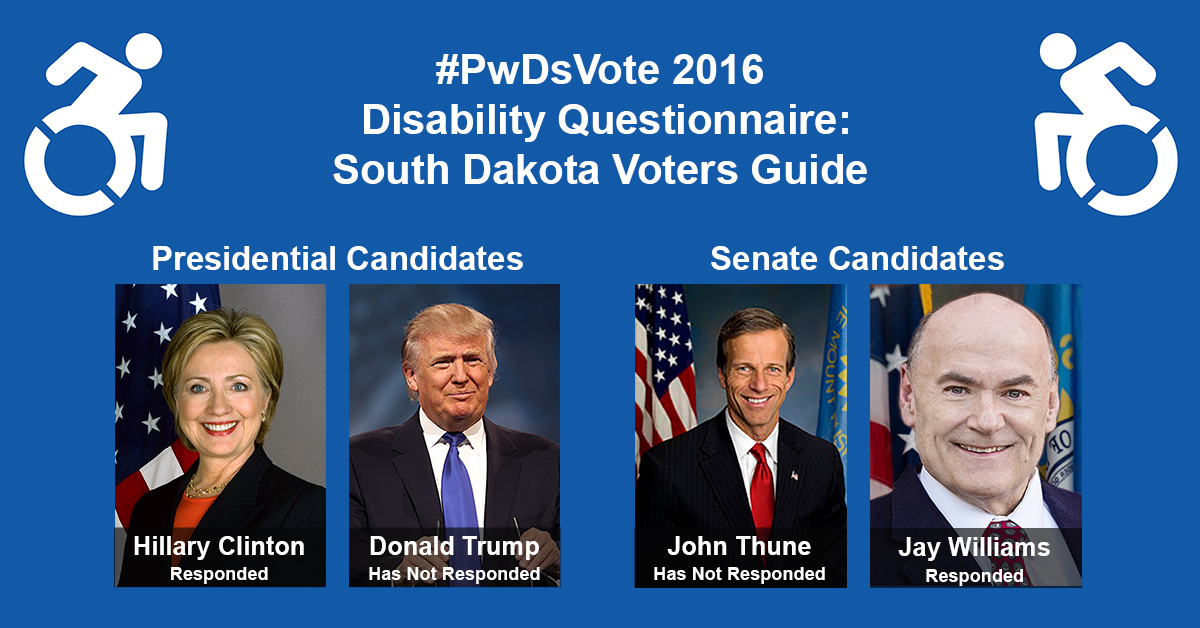

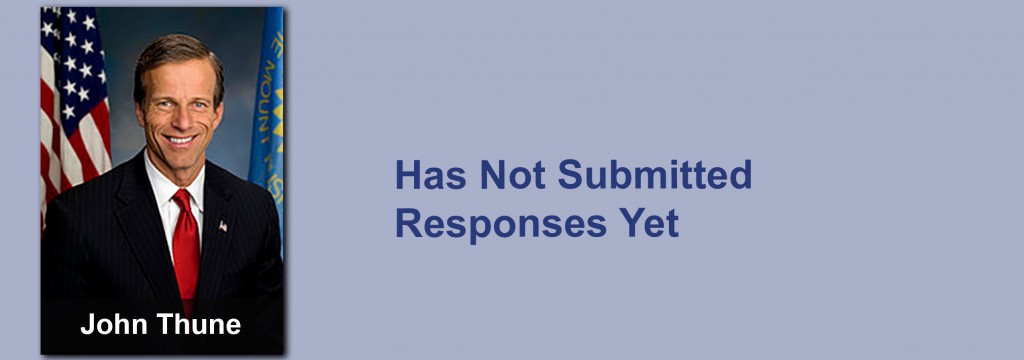
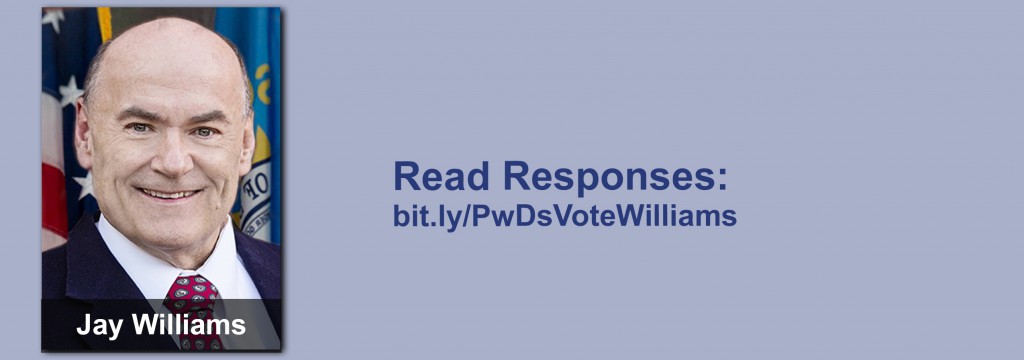
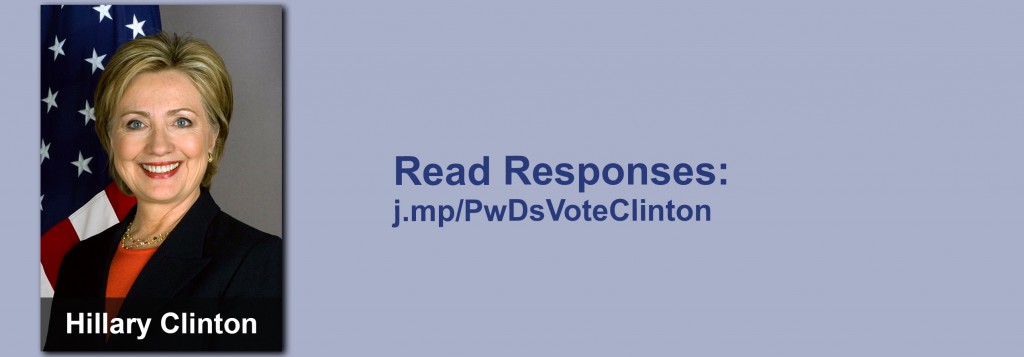
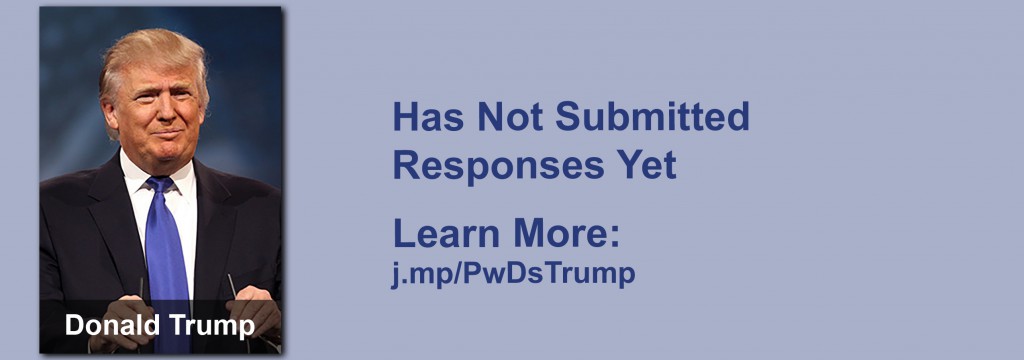

Be First to Comment